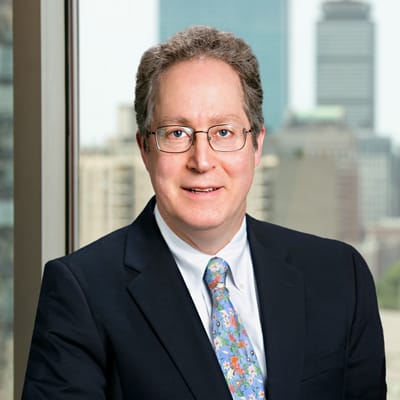Public Law
Supreme Judicial Court Reaffirms Massachusetts Rule: No Liability for Damages from Healthy Trees

The Supreme Judicial Court recently reaffirmed that a landowner whose property is damaged by a neighbor’s healthy tree cannot hold the neighbor responsible for damages. Shiel v. Rowell, SJC-12432 (July 16, 2018).
The Rowells’ oak tree overhung and caused algae buildup on Shiel’s roof. Shiel sued for nuisance and trespass, seeking damages and an injunction requiring the Rowells to cut the overhanging branches.
Under the traditional “Massachusetts rule,” a landowner may not hold a neighbor liable for damage from a neighbor’s healthy tree. Shiel argued that that rule is outdated and urged the Court to adopt the “Hawaii rule”, which requires the tree owner to pay damages and cut back branches and roots if the tree causes, or presents an imminent danger of causing, harm to the neighbor’s property.
The SJC declined to abandon the Massachusetts rule. It acknowledged that the rule has been criticized as outdated in some other states, but it noted that some of the criticism actually was directed at the former, broader “nonliability rule” that a tree owner is not liable for damage caused by any tree, healthy or unhealthy. The SJC had abandoned the nonliability rule with respect to unhealthy trees half a century ago: a tree owner may be liable to a neighbor for damage from an unhealthy tree. Thus, the “Massachusetts rule” applies only to healthy trees, like the oak tree in Shiel.
The Court concluded that that rule still provides several benefits: simplifying assignment of responsibility, reducing legal costs and court burden, and preventing lawsuits meant to irritate or burden neighbors. Moreover, a neighbor in Shiel’s position can exercise a self-help remedy: it can itself cut back any roots or branches that cross the property line.
About the Co-Author

Justin Lin – Summer Associate
Justin is a Harvard Law 1L student on the submissions committee of the Harvard Environmental Law Review and is a member of the Harvard Prison Legal Assistance Program.
